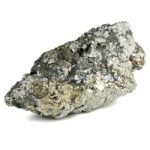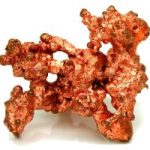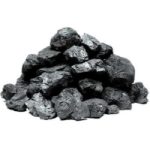
Manganese
160 000 t

Copper
6 400 t

Gold
4 908 kg

Steam Coal
146 347 t
Mineral resources are one of Georgia’s most competitive goods in foreign markets, accounting for almost 50% of all exports. Georgia has a diverse mineral industry, with significant production of fuller’s earth, kaolin, iron oxide pigments, barite, dimension stone, and feldspar, among others. The country also has a chemical industry that produces mineral fertilizers, synthetic materials and fibers, and pharmaceutical products, while the building industry supplies the country with cement, slate, and prefabricated reinforced-concrete structures and parts.
The National Agency of Mines (NAM) of Georgia has started a modernization process with the general aim of improving the sustainability of the mining sector and boosting investments therein. One of the key priorities is to support the growth of Georgia’s GDP and its rural development, by attracting investments in the mining sector. This assignment will support the NAM in this regard by improving the attractiveness of the country’s mineral potential for investors and responsible mining companies. The main objectives of the project are:
- Assisting the NAM in digitizing existing regional airborne magnetic data and developing an interactive map;
- Developing a communication strategy promoting responsible mining in Georgia;
- Based on the communication strategy, developing some initial promotional materials;
And providing training on good practices with respect to the mining project cycle on a range of topics, including managing social and environmental impacts, and arranging a study visit for the representatives of the NAM and other relevant authorities to a leading mining country.
PMCG will provide local support in the communication component of the project and will undertake the following activities:
- Conducting a communication audit, including a review of available baseline information about the population, communication channels, investors, target minerals, country-specific constraints, as well as international best practices;
- Identifying key stakeholders and their roles in the communication and marketing strategy, and arranging a suitable interface for them;
- Providing advice on how to engage with other stakeholders, including civil society organizations and responsible mining companies, as well as recommendations on which channels should be used for promotion;
- Identifying ideal target investors and devising plans to reach them;
With the close cooperation of the NAM, devising a communication strategy that will address constraints and suit the modes of operation and communication in Georgia.
After the communication strategy is presented to and agreed with the NAM, PMCG will assist in its implementation and the preparation of materials. This support will include recommendations on the dissemination of news about the NAM and Georgia’s minerals sector via audio/video materials and the development of concept/brief of the videos.

